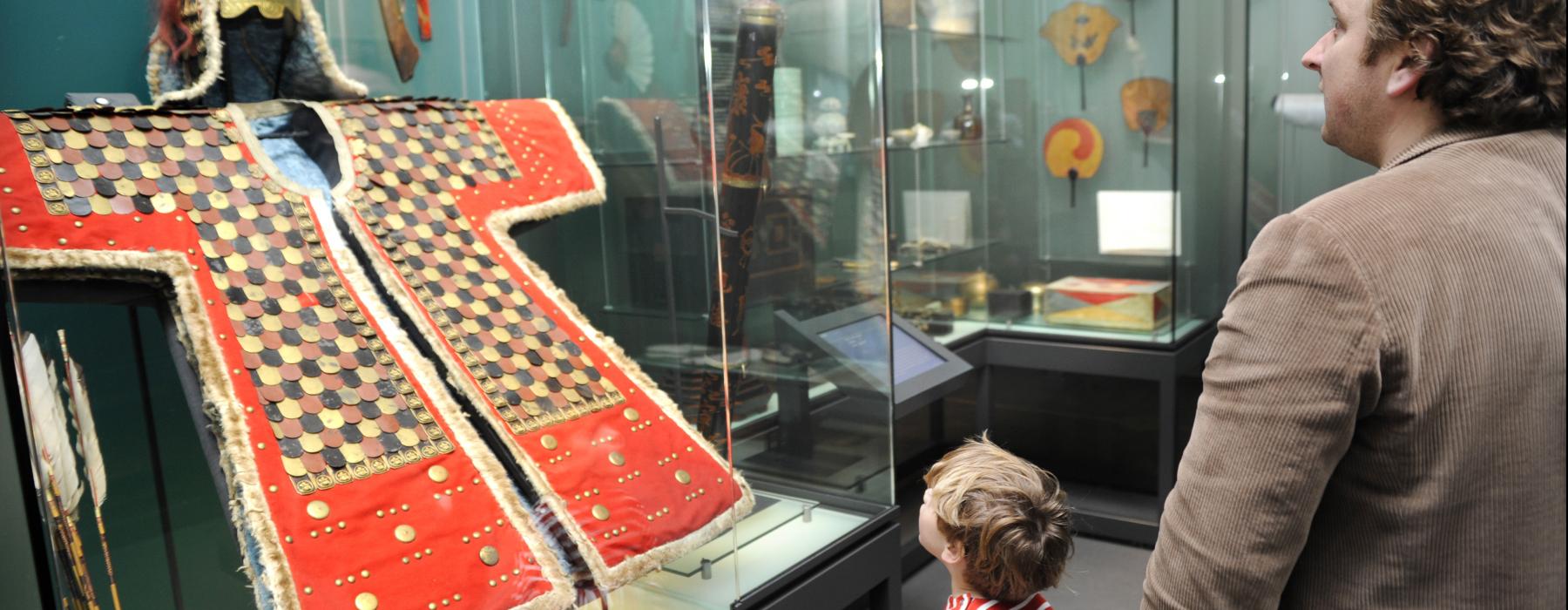
Here you can see household utensils such as tools, but also sophisticated lacquer work, screens, prints and the large, scale model of the artificial island in Deshima Bay that functioned as a trading post for the Dutch to do business with Japan. Little clay pipes from Gouda and pottery shards bear silent witness to the Dutch presence. What happened exactly? The whole story is revealed here.